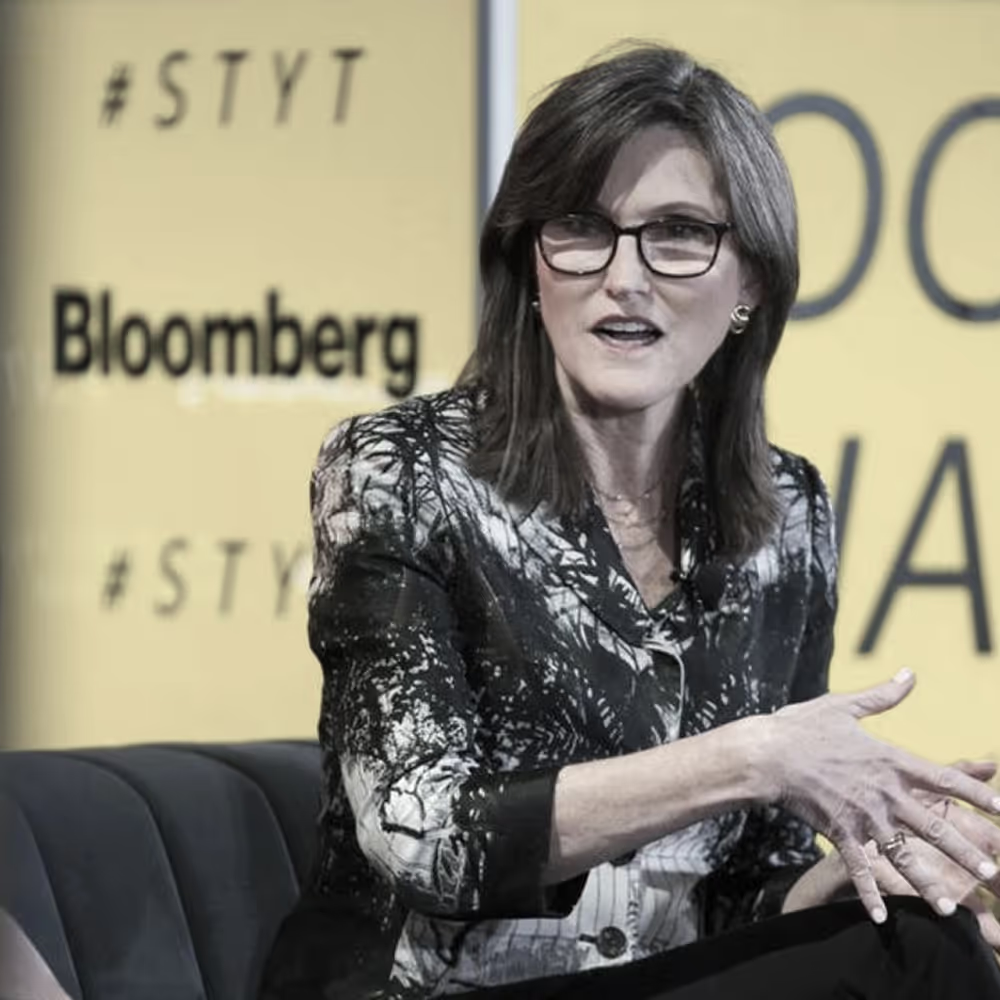We believe the semiconductor industry is entering its fourth phase - the Artificial Intelligence (AI) era. Over roughly 50 years, the semiconductor market has gone from a nascent industry to about the size of 500bn USD today. Over those 50 years, the semiconductor market has moved through the mainframe era, the PC era, and the mobile era and is now on the precipice of moving into the AI era. During the AI era, we expect significant value to be generated for the semiconductor industry in a relatively short space of time. Specifically, we believe the industry will double in size to approximately 1tr USD over the next ten years.
What is important not only for investors but also for companies such as ASML, NVIDIA, and TSMC, is that there are few companies that can deliver the compute power required to enable the thousands of AI processes corporates around the world wish to develop.
Microsoft kick-started a focus on AI with its public demonstration of the new Bing Search Engine, which the company has developed to reinvent its search software in conjunction with OpenAI. To be able to deploy software solutions such as the new Bing application to consumers, specific high-end semiconductors are required. Whilst there will be competition among consumer-facing software platforms such as the new Microsoft Bing, what is abundantly clear is that such applications require the fastest semiconductor compute power to work.
NVIDIA, who design the fastest and most powerful semiconductors in the world, reinforced their position as a critical component in the AI arms race. At their GTC (GPU Technology Conference), NVIDIA CEO, Jensen Huang, proclaimed that the OpenAI ChatGPT software revelation was AI’s ‘iPhone moment’, essentially describing the inflection in demand from the consumer adopting a new technology. The company revealed two new chips, one designed to power large language models which ChatGPT relies on, and one designed to power AI video. Both at their earnings release in February and at the GTC event, NVIDIA acknowledged that the acceleration in demand for their chips was because of the AI phenomenon. AI applications that consumers will interact with will most likely be powered at the data center, which is where these high-end semiconductors will go. Data centers essentially need to adopt ‘accelerated computing’, which is a new form of computing that is critically important for AI. Traditional computing methods are insufficient to power AI applications in the future. And as the NVIDIA CEO points out, only a fraction of data centers around the world today are accelerated, meaning that the accelerated computing solution that Nvidia provides will become critical to ensure that data centers are ‘AI ready’.
Behind these extremely powerful chips, there are two companies that are essential to the manufacturing process: ASML and TSMC. ASML has a monopoly position in building high end lithography tools, which are critically important in the manufacture of high-end semiconductors. TSMC, the leading semiconductor foundry (which manufactures the chips that companies such as Nvidia design) in the world also has a role to play. TSMC is a large buyer of ASML machines and builds chips for companies such as NVIDIA and AMD. We believe the High-Performance Compute ecosystem, which includes companies such as ASML, TSMC, NVIDIA and others, have a long runway ahead for their earnings potential as the semiconductor industry moves into the AI era.
ASML
ASML, pitched by Nick Griffin at the Sohn Hearts & Minds conference in 2022 (watch video here), is the key enabler of the semiconductor industry and sits as a core holding in Munro’s High-Performance Compute Area of Interest.
ASML is producer of semi-conductor manufacturing tools, specifically leading-edge lithography tools. ASML’s tools are essentially extremely advanced stencils that use extreme ultraviolet light to allow the miniaturisation of semiconductors, or Moore’s Law, to continue. This process of shrinkage has been the key enabler of technological advancement in the modern world, and over time ASML has become a monopoly in high end lithography.
ASML updated their long-term forecasts at their capital markets day in November 2022. On this investor day, there was a meaningful focus on the company’s growth and growth drivers going forward. Management significantly upgraded their target model for 2025 and 2030, driven by demand for high end semiconductors. The company now estimates sales of €30bn - €40bn by 2025, a significant upgrade from last year’s guide of €24 - €30bn. With gross margins and operating model held constant, this implies an EPS range of €29 - €42 by 2025 versus previously implied €22 - €28. For 2030, management increased their sales expectation from €40bn to €44 - €60bn, implying a new EPS range of €42 - €68. The 2025 revenue guide increase came from stronger EUV and DUV sales due to higher uptake rates, tech sovereignty and the insatiable demand for more compute power. Their 2030 upgrade comes almost entirely from raised assumptions on demand for High NA EUV tools. Also contributing to the strong performance in 2023 is the proliferation of Artificial Intelligence (AI), as the high-end semiconductor industry is a critical enabler of AI.
Given the company hit an EPS of just over €14 in FY22, the midpoint of the company guide for FY25 / FY30 implies a compound annual earnings growth rate of approximately 35% and 18%, respectively. Alternatively put, the stock trades on 12x the midpoint of the 2030 EPS guide. It’s clear that the current market value being ascribed to future growth potential is undervalued, given the structural underpinning provided to ASML’s earnings power coming from artificial intelligence.
Disclaimer: The material contained in this publication has been furnished for general information purposes only as is not investment advice of any nature. The companies mentioned are for illustrative purposes only, is not a recommendation and may or may not be held by a Munro fund. There can be no guarantee that any projection, forecast or opinion in these materials will be realised. As an actively managed fund, Munro continually assesses each portfolio holding and the views expressed in this document may change at any time subsequent to the date of issue. This information has been prepared without taking account of the objectives, financial situation or needs of individuals. No representation or warranty is made concerning the accuracy of any data contained in this document.





.jpg)


.avif)




